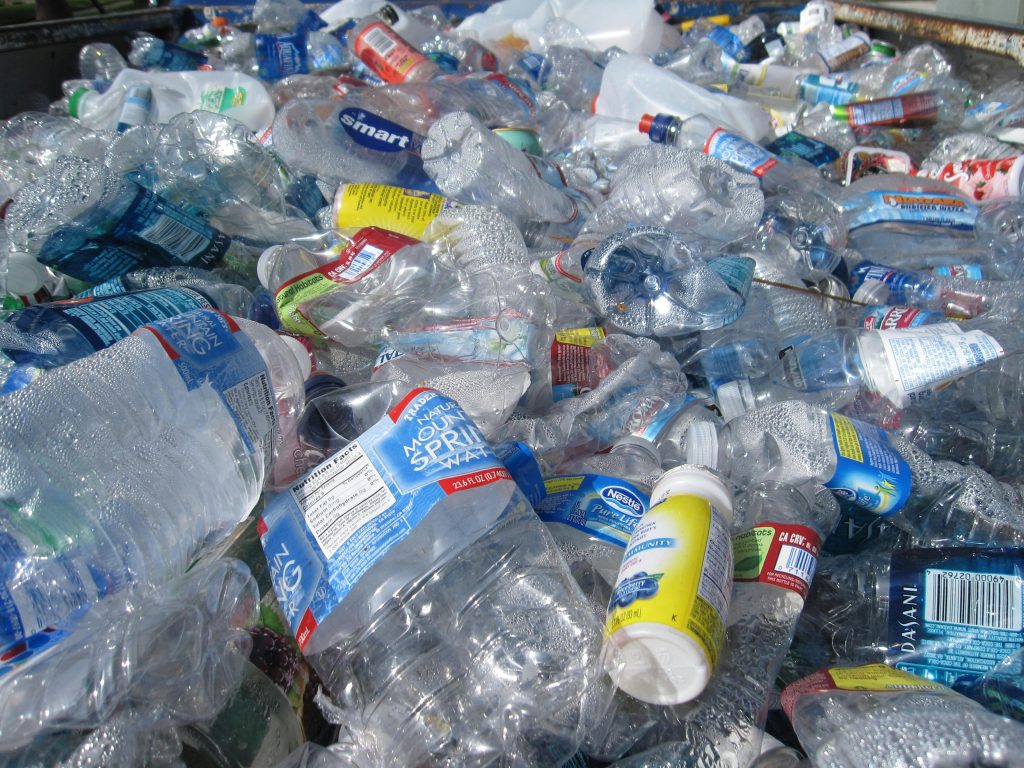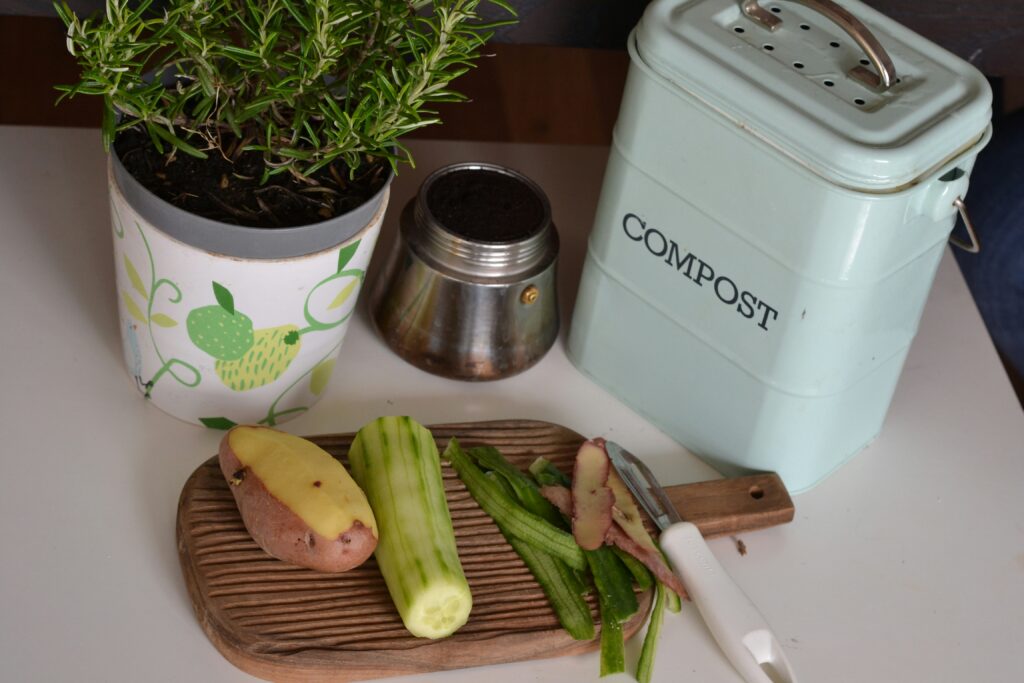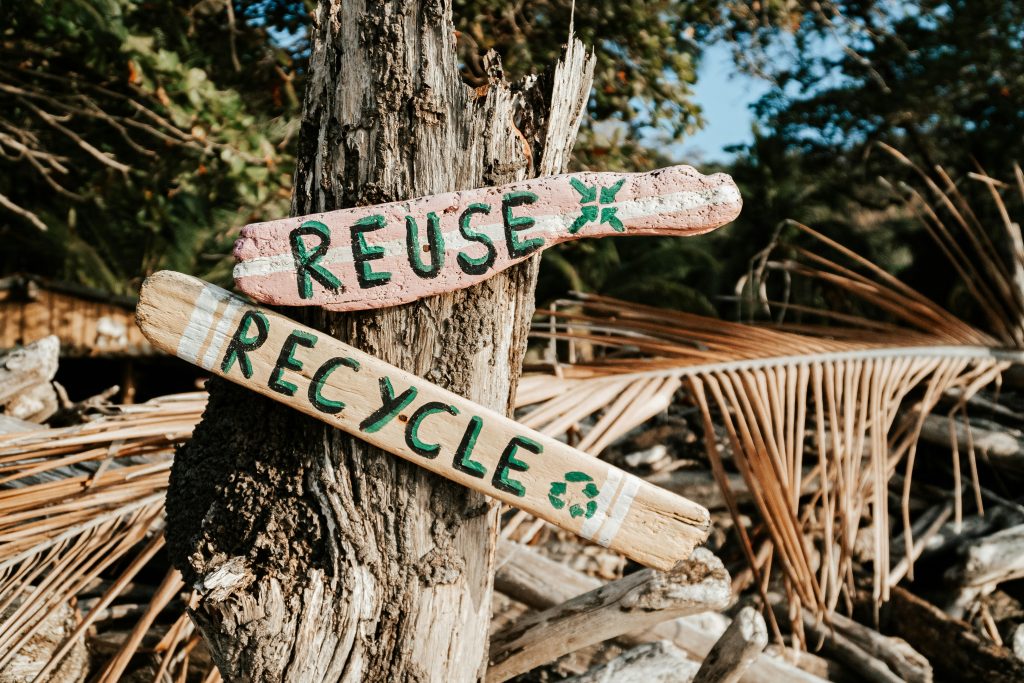
Nature doesn’t create waste — it transforms it. Every fallen leaf, broken branch, or decaying fruit becomes food, shelter, or nourishment for something else. If you want to live more sustainably, the best place to start is your own backyard — by mimicking how nature recycles.
You don’t need expensive systems or high-tech tools. Just a shift in mindset and a few practical habits can turn your outdoor space into a miniature ecosystem that supports life, reduces waste, and gives back to the Earth.
Here are 10 easy ways to do it:
1. Start a Compost Pile
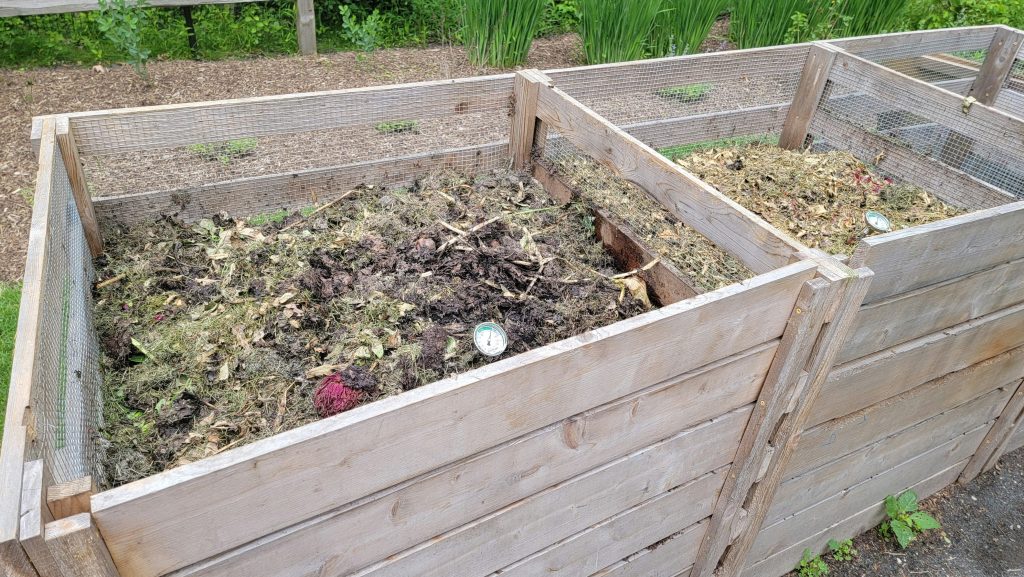
Nature’s #1 recycling method is decomposition. Turn food scraps, leaves, and yard clippings into nutrient-rich compost.
Keep a bin or pile in a shady spot.
Balance greens (fruit/veggie scraps) and browns (leaves/paper).
Turn it weekly to speed things up.
Nature’s lesson: Nothing organic should go to waste.
2. Leave the Leaves
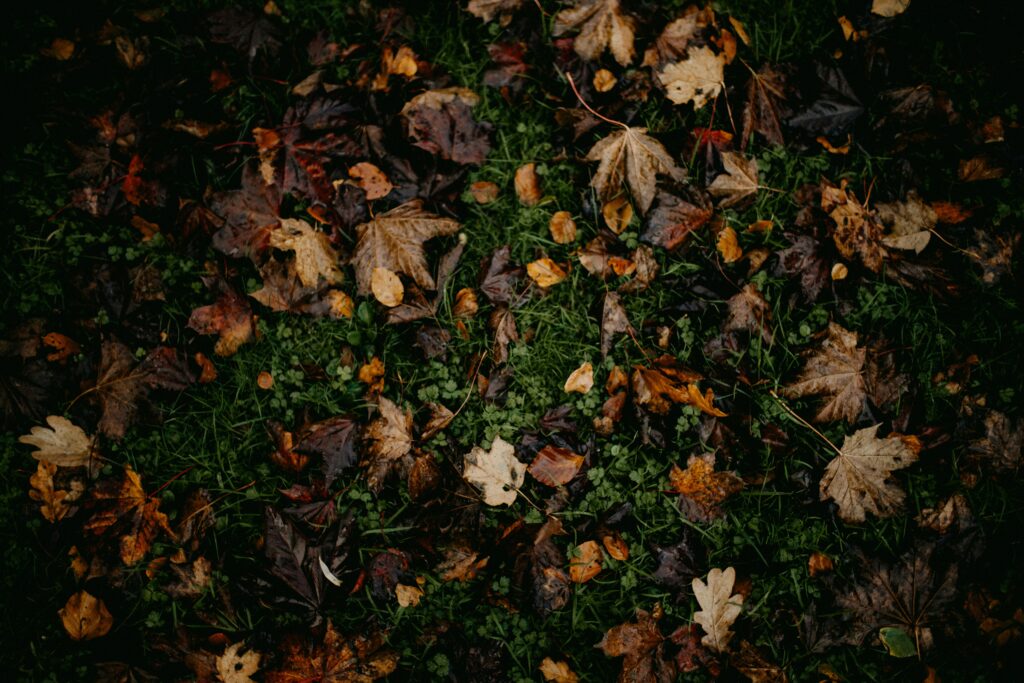
Instead of bagging and tossing them, leave leaves on your garden beds or mulch them into your lawn.
They suppress weeds, retain moisture, and break down into free fertilizer.
Beneficial insects overwinter in leaf litter.
Nature’s lesson: What falls, feeds.
3. Use Grass Clippings as Mulch
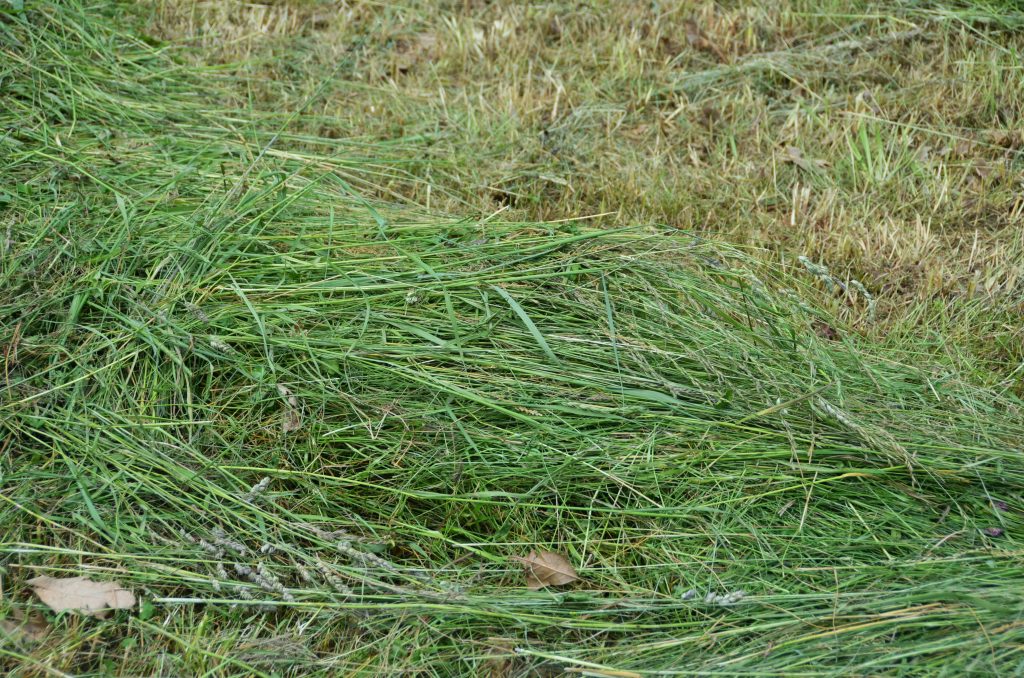
After mowing, let clippings stay on the lawn or apply them around plants.
They return nitrogen to the soil and reduce the need for synthetic fertilizer.
Nature’s lesson: Nothing is “extra” — it all serves a purpose.
4. Feed Your Soil with Kitchen Scraps
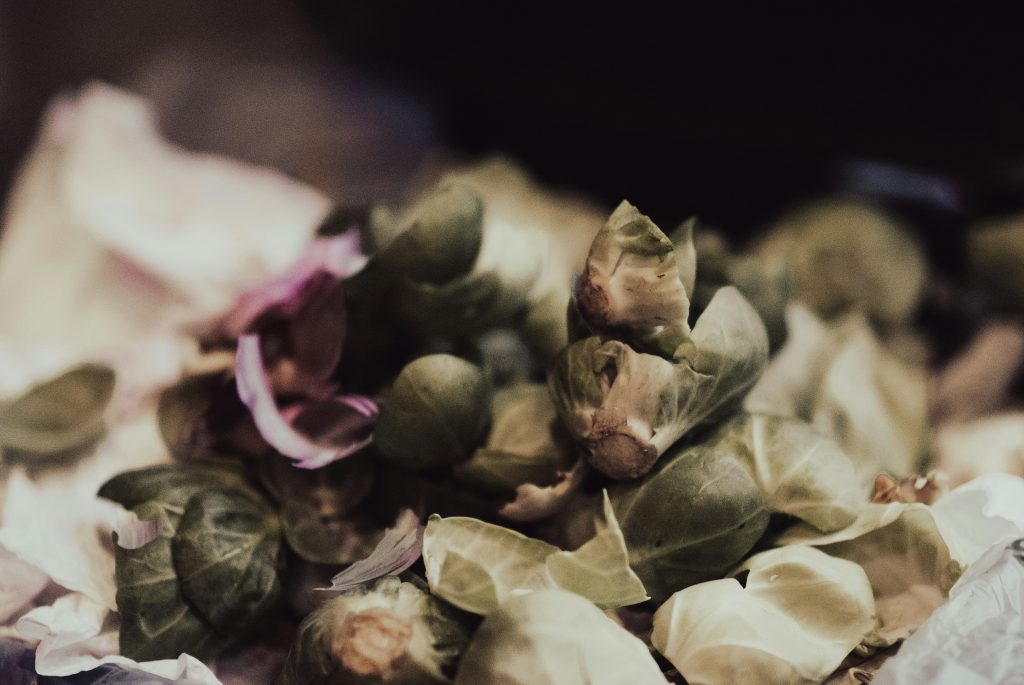
Not ready for a full compost bin? Bury food scraps directly into garden soil.
Chop scraps small and cover well to avoid pests.
In a few weeks, the soil will absorb the nutrients.
Nature’s lesson: Decomposition happens best where life already thrives.
5. Build a Worm Bin
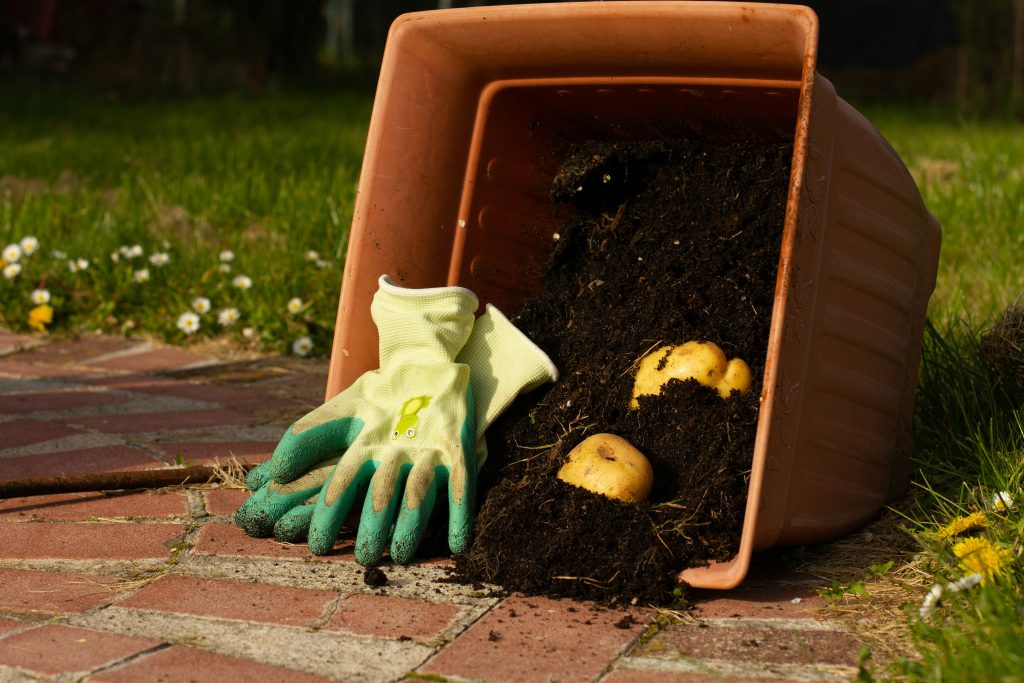
Worm composting (vermiculture) is a compact, odor-free way to recycle food waste.
Red wigglers turn food into premium soil amendment.
Ideal for patios, small yards, and even apartments.
Nature’s lesson: Even the tiniest creatures have massive roles.
6. Create a Log or Stick Pile
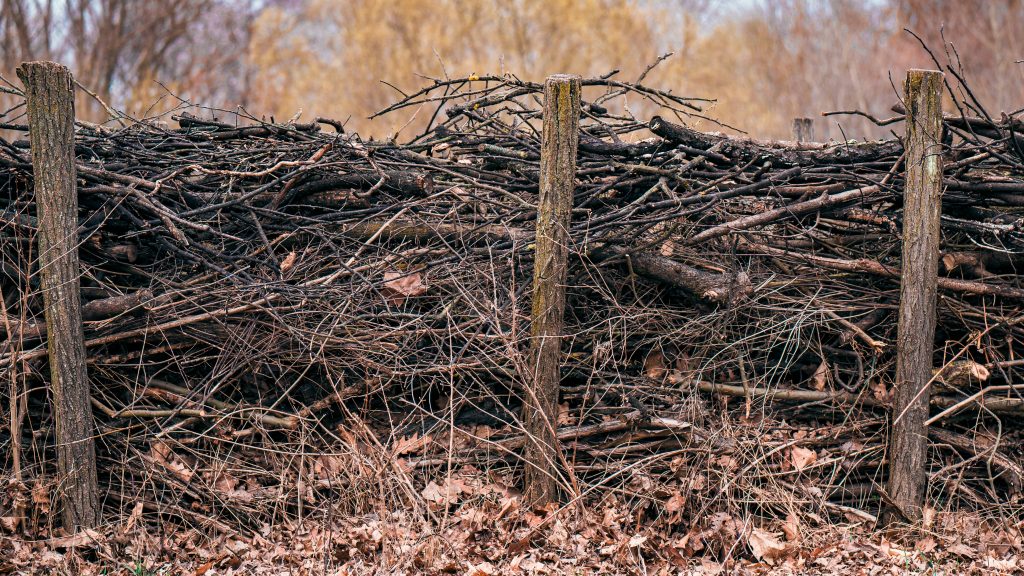
Instead of throwing away dead branches, create a habitat pile in a corner of your yard.
Birds, insects, and amphibians use it for shelter.
As it breaks down, it returns carbon to the soil.
Nature’s lesson: Shelter and nourishment are intertwined.
7. Collect Rainwater
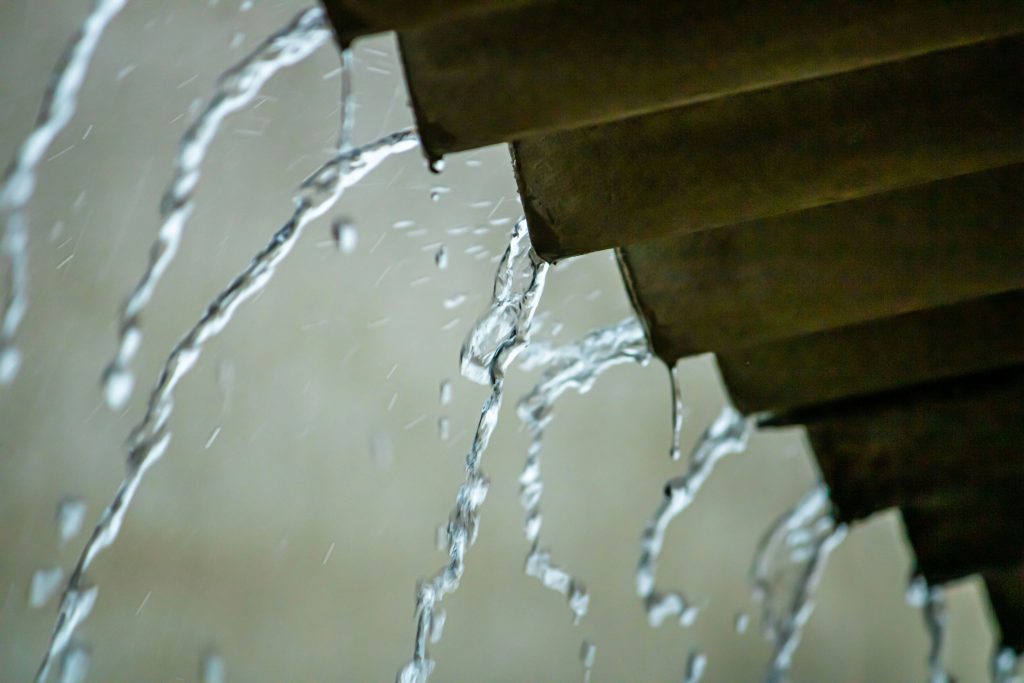
Use barrels or buckets to capture rain from your roof and reuse it in the garden.
It mimics how forests store and reuse rainfall naturally.
Reduces runoff and your water bill.
Nature’s lesson: Use what’s already falling freely.
8. Grow Native Plants
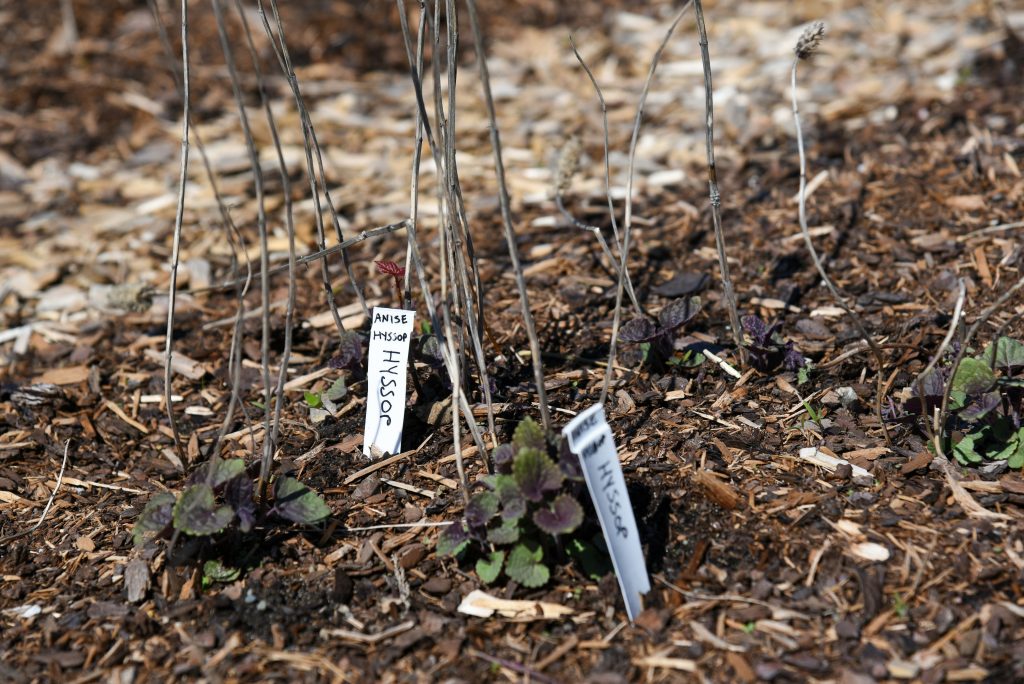
Native species support local insects and birds and require less water and care.
They create a resilient, low-maintenance landscape.
Plant layers like a forest: canopy, understory, ground cover.
Nature’s lesson: Thrive where you’re rooted.
9. Reuse Yard “Waste
Twigs = garden markers.
Broken pots = drainage for new planters.
Tree trimmings = trellises or stakes.
Nature’s lesson: Don’t discard — repurpose.
10. Let Part of Your Yard “Go Wild”
Designate a small corner to grow freely — no mowing, no pruning.
Supports pollinators and soil health.
Reduces maintenance and builds biodiversity.
Nature’s lesson: Order isn’t always better than chaos.
Nature doesn’t need landfills. It recycles everything in place. By mimicking this process in your own yard, you not only reduce waste — you also cultivate a more vibrant, regenerative space that gives back more than it takes.
And it all starts with the simple decision to let your yard become part of nature’s rhythm, rather than something separate from it.

